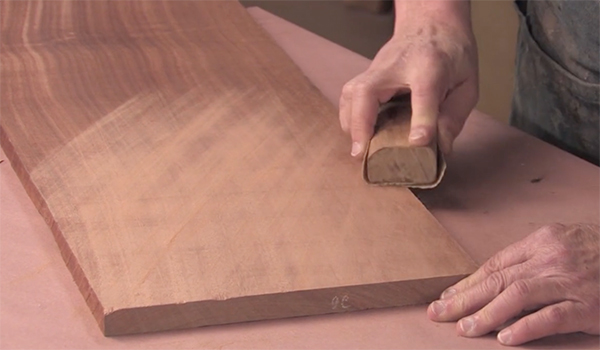
Have you ever heard of just leaving the dust from sanding in between coats of varnish or whatever? A fellow that worked in a cabinet shop for about 15 years says that if you leave the dust from sanding, that it makes for a stronger, better looking finish. I think he’s pulling our leg. Have you ever heard of such a thing?
Rob Johnstone: I may be one of the lazier finishers on the planet, but I am not that lazy. I find I get the best results by removing the “dust” after sanding and then checking my sanding job visually and by feel. Sometimes your fingers can tell you much more about how smooth a finish is than your eyes. (And that difference may increase as you age.)
Michael Dresdner: Two things come to mind from your question. The first is that lacquer sanding dust will usually redissolve when the next coat is applied, leading some shops to believe they can ignore it. To that I’d reply “Just because you can do something doesn’t mean you should.” In fact, you shouldn’t, for a variety of reasons.
However, there is a technique used with oil finishes that incorporates the sanding dust into the finish. Typically, you apply the oil by sanding it into the wood. The resulting dust mixes with the oil to form a slurry, and that slurry becomes the finish used to fill the wood pores.







